-
×
 BEE Click
3 ×
BEE Click
3 × R800.00R720.00 -
×
 BUZZ Click
2 × R115.00
BUZZ Click
2 × R115.00 -
×
 RTC 2 Click
1 ×
RTC 2 Click
1 × R465.00R418.50 -
×
 LPG Click
1 ×
LPG Click
1 × R335.00R301.50 -
×
 RTC Click
1 ×
RTC Click
1 × R390.00R351.00 -
×
 Alcohol Click
2 ×
Alcohol Click
2 × R335.00R301.50 -
×
 DIGI POT Click
1 ×
DIGI POT Click
1 × R370.00R333.00 -
×
 HYDROGEN Click
2 ×
HYDROGEN Click
2 × R335.00R301.50 -
×
 microSD Click
1 ×
microSD Click
1 × R355.00R319.50 -
×
 METHANE Click
1 ×
METHANE Click
1 × R335.00R301.50 -
×
 Alcohol 3 Click
2 ×
Alcohol 3 Click
2 × R710.00R639.00 -
×
 DAC Click
1 ×
DAC Click
1 × R410.00R369.00
Subtotal: R7,309.00

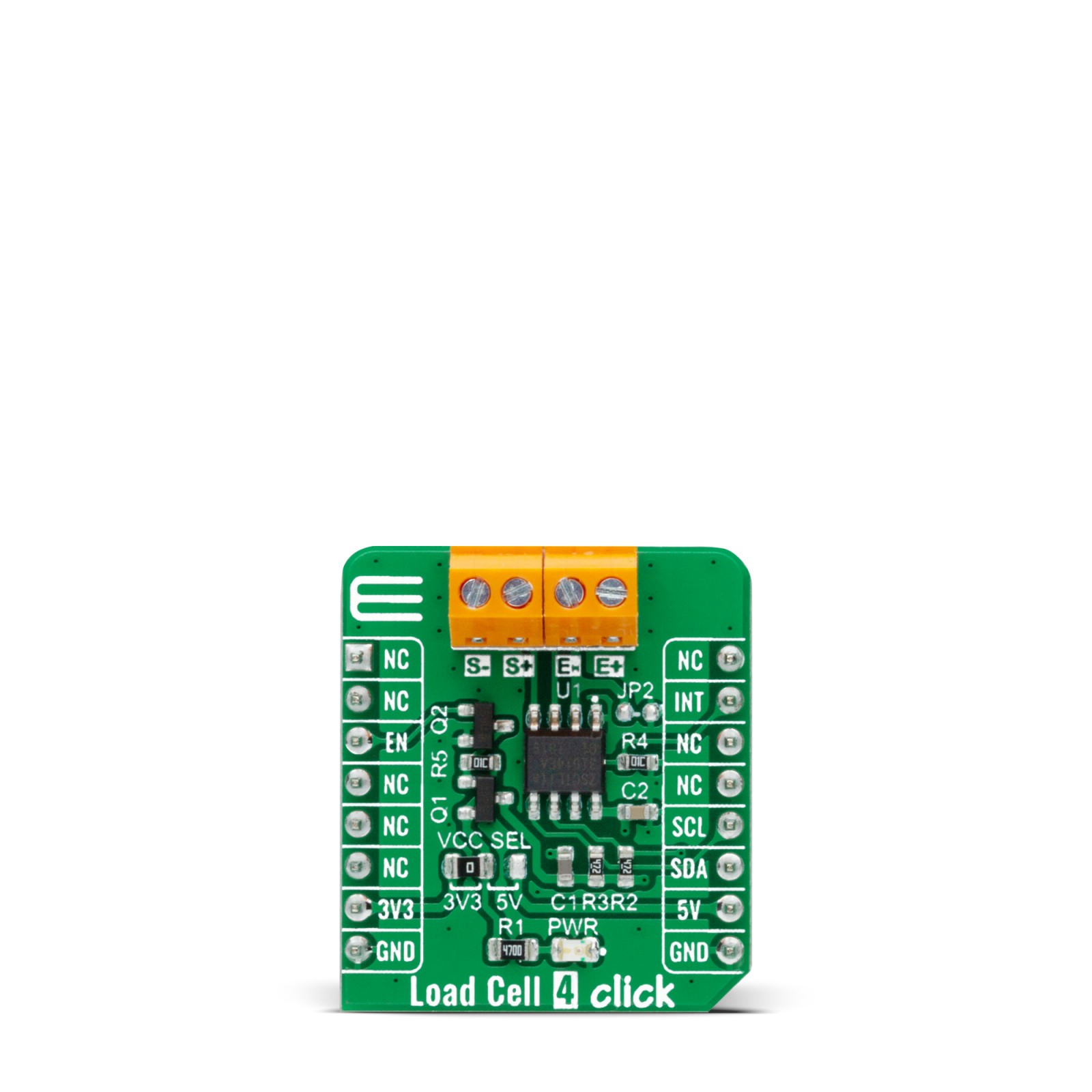
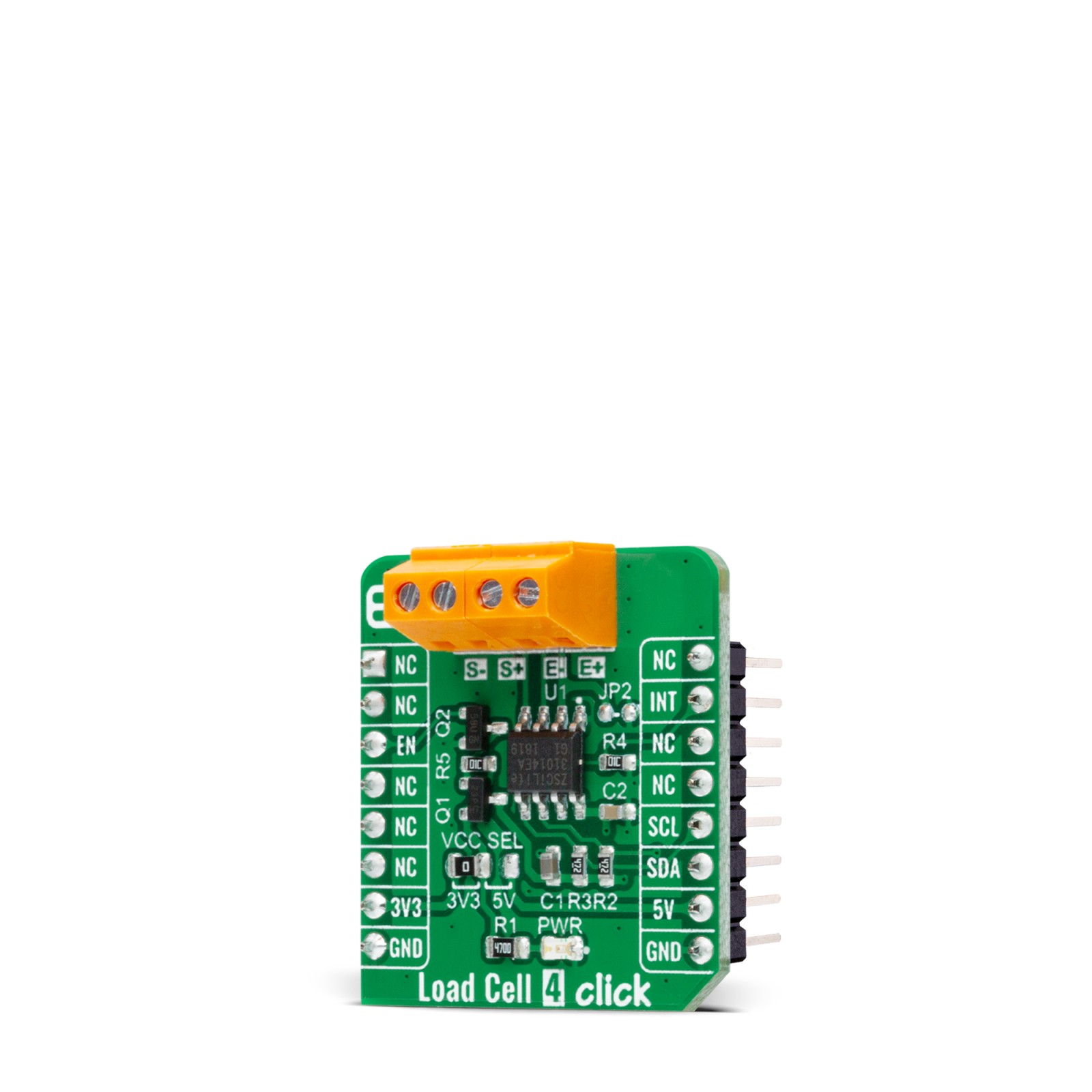

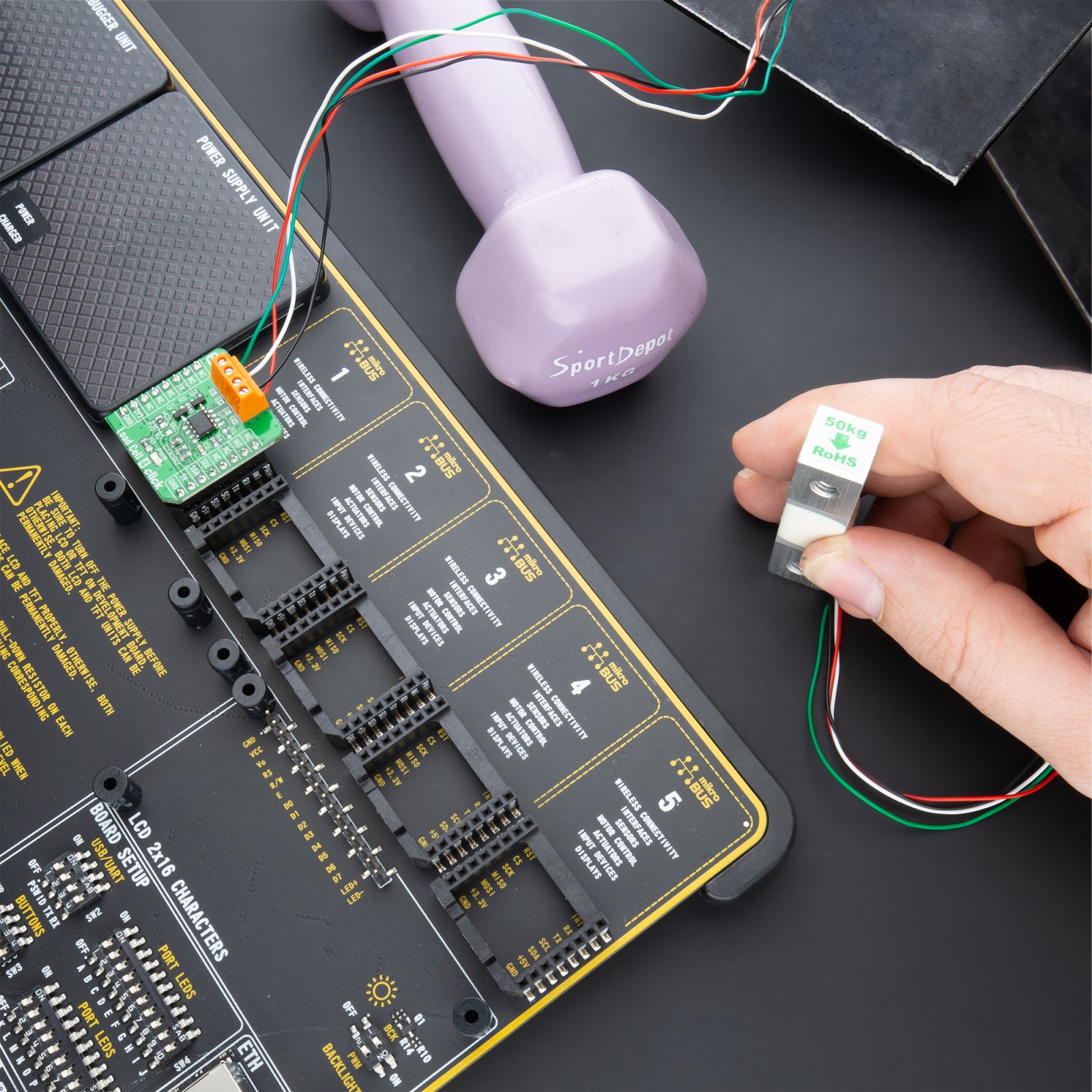
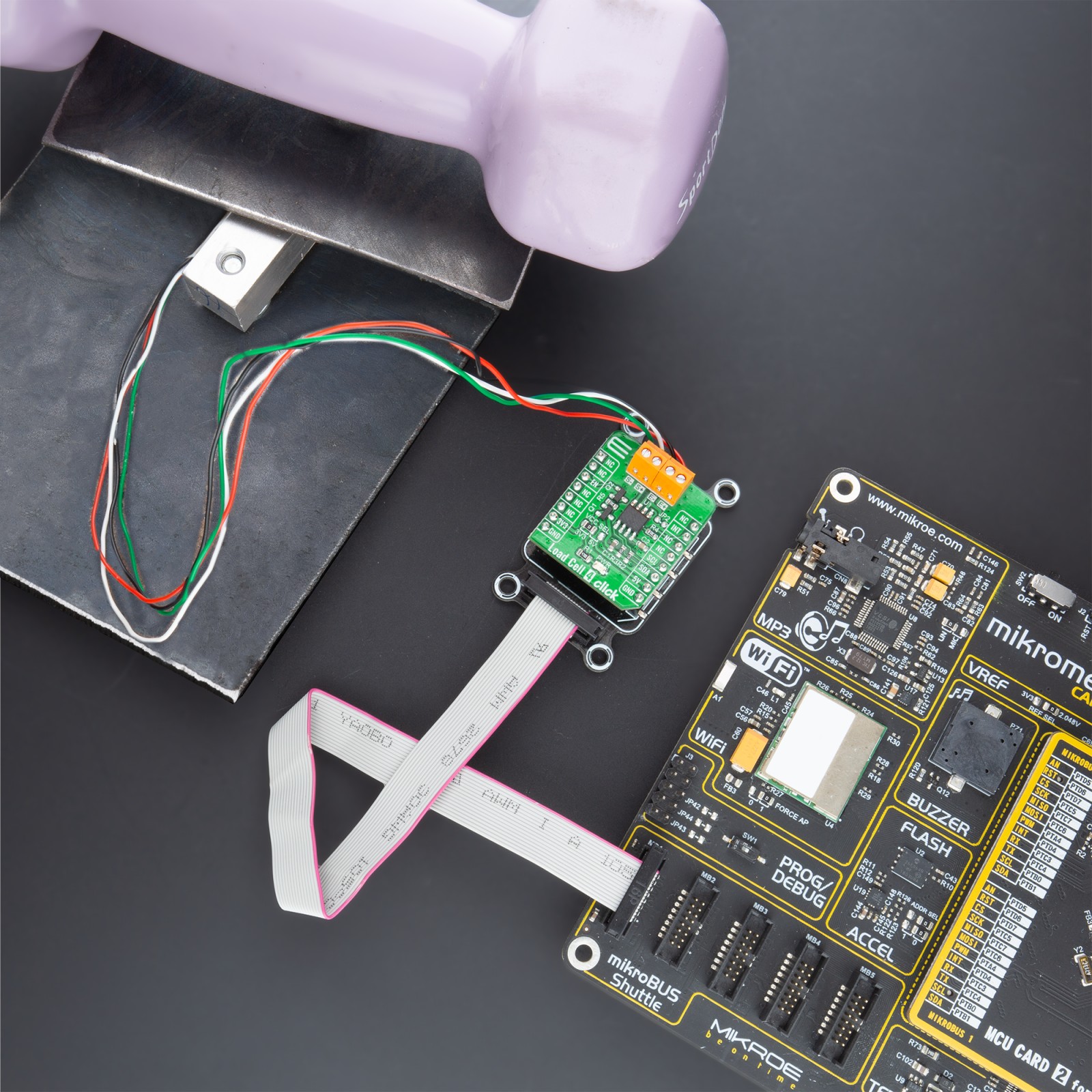
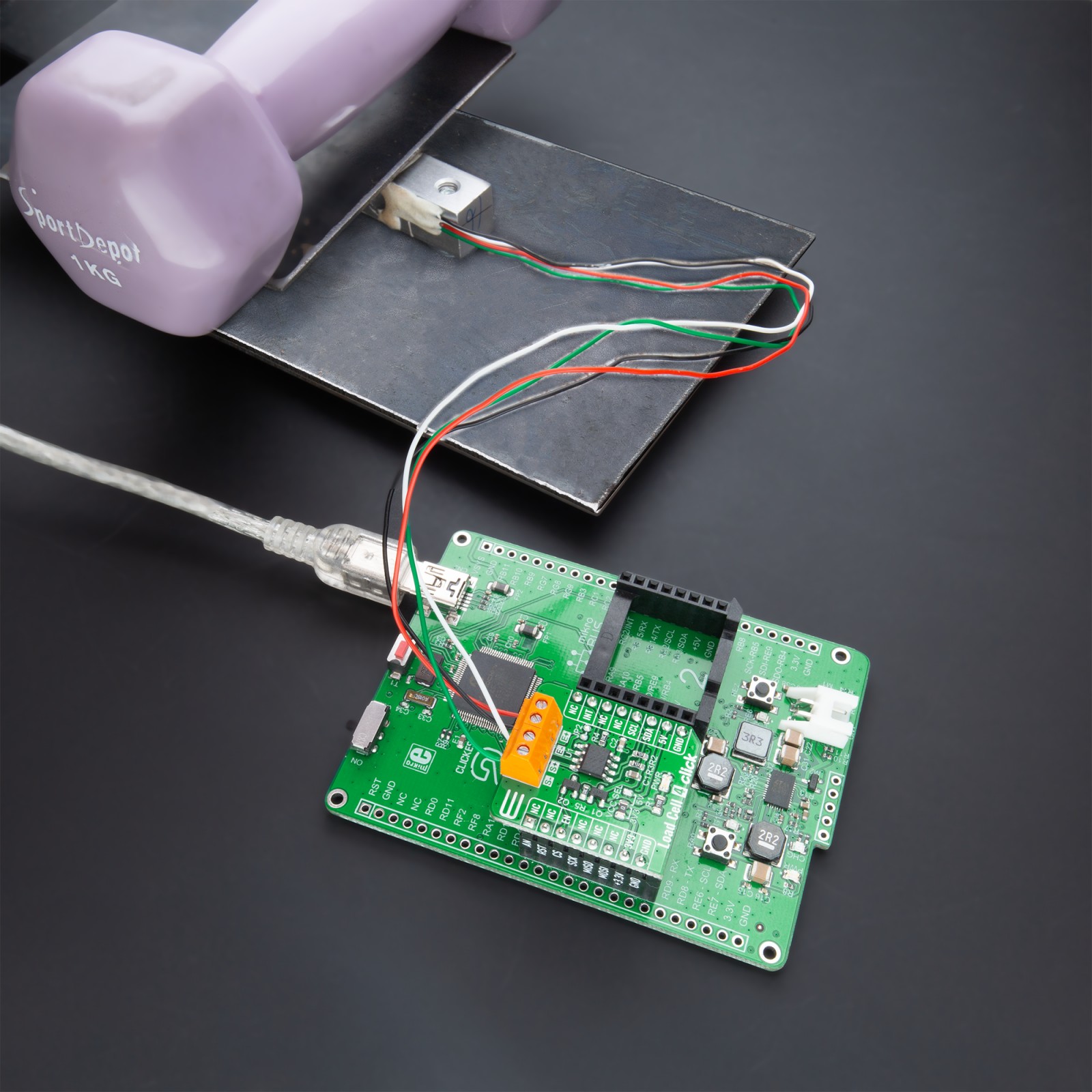
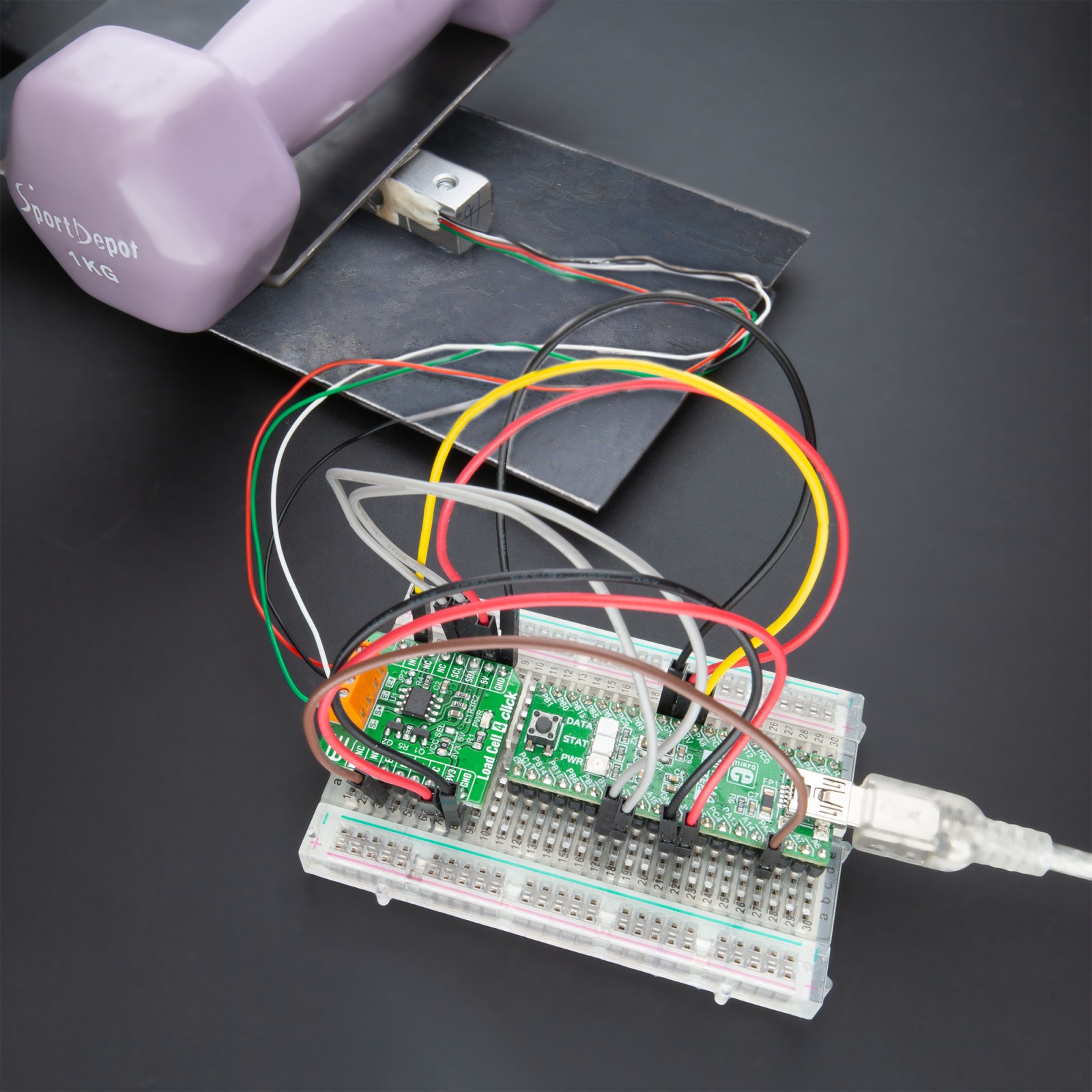

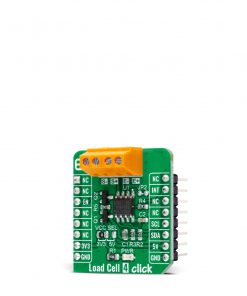

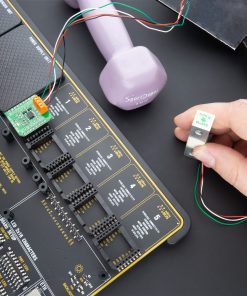
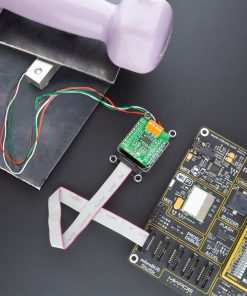
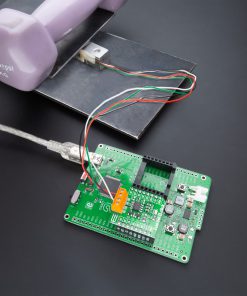
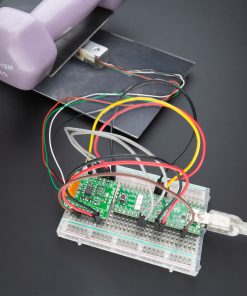
.jpg)



